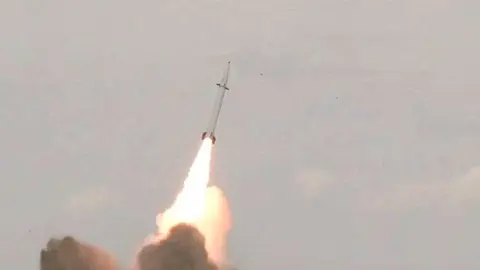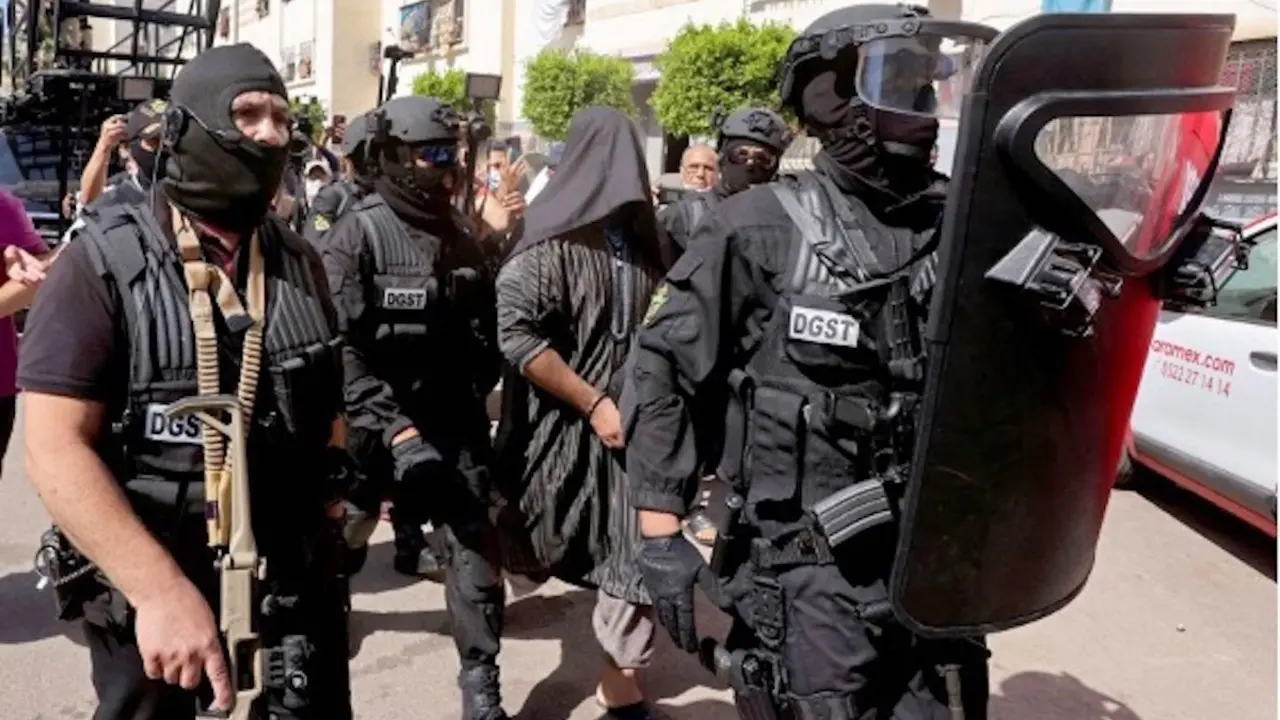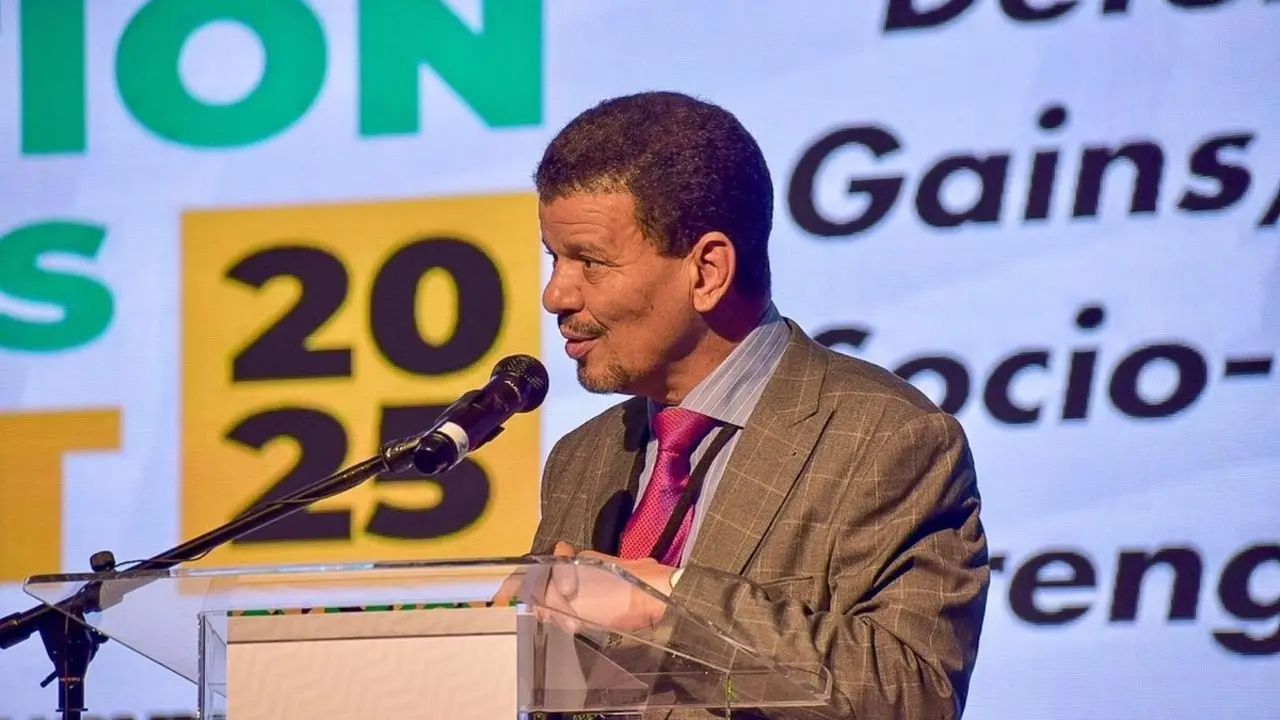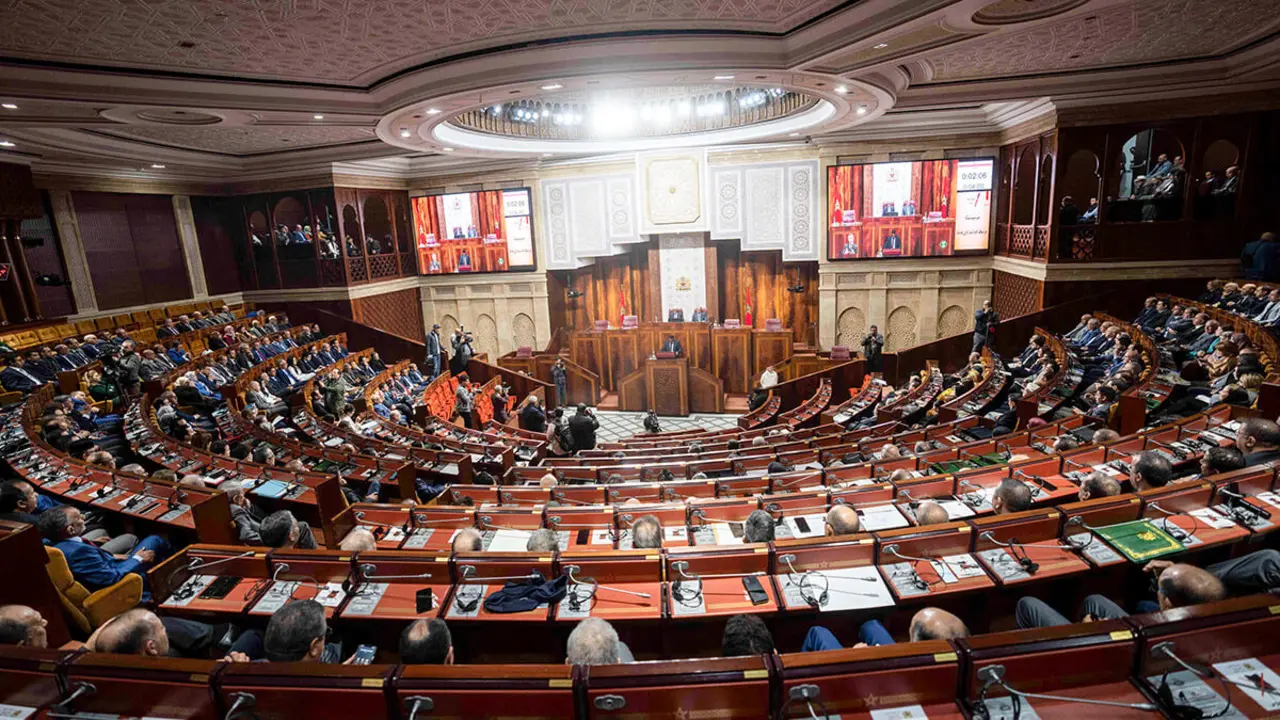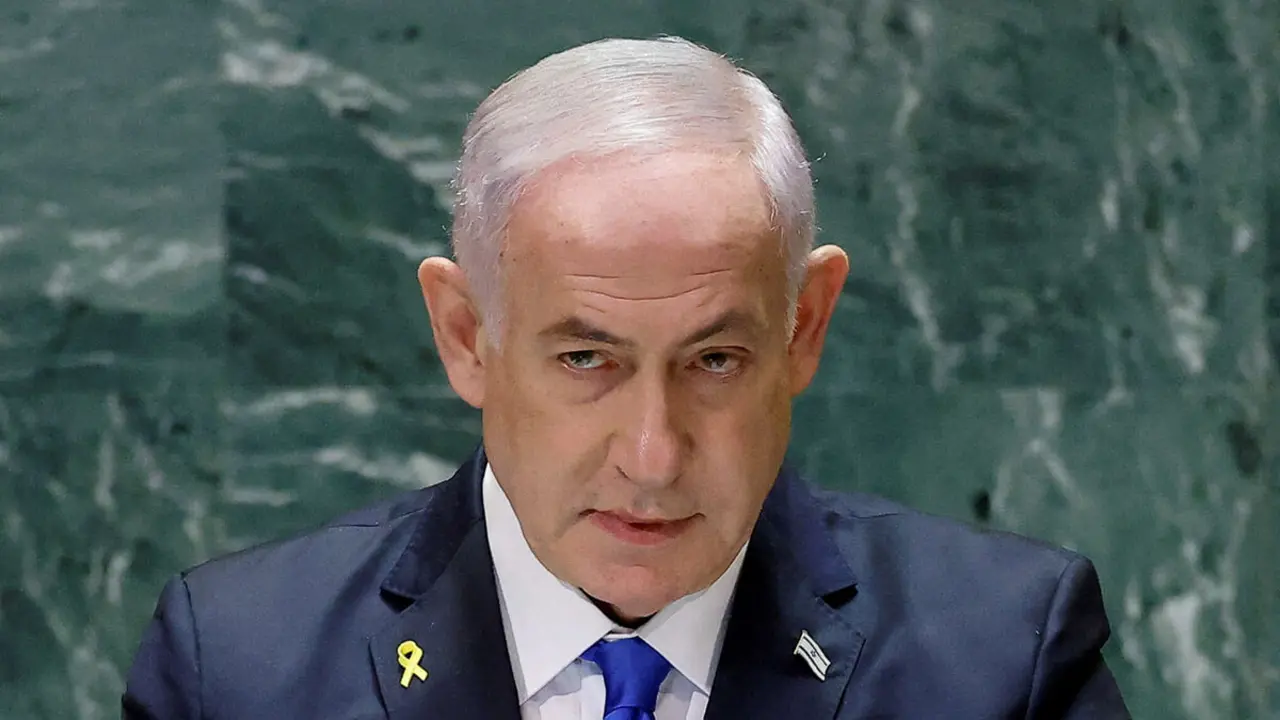Iran advances arms race with unveiling of first hypersonic ballistic missile

The Islamic Republic of Iran unveiled its first home-made hypersonic ballistic missile amid tensions with the United States and after announcing the resumption of diplomatic relations with Saudi Arabia after eight years of estrangement caused by a mob of Iranians storming the Saudi diplomatic mission in Tehran earlier in the day.
The missile, named Fattah, was displayed at a ceremony attended by senior members of the Revolutionary Guards Corps and President Ebrahim Raisi, who declared at the ceremony: "This power is an anchor of lasting security and peace for the countries of the region". In this way Iran joins the hypersonic missile race, currently led by Russia and already being contested by North Korea, China and the United States.

Already in November, amid protests over the death of young Mahsa Amini, the head of the Revolutionary Guard's aerospace programme, General Amir Ali Hajizadeh, had announced that they were developing a hypersonic missile, causing concern among the International Atomic Energy Agency (IAEA) about Iran's nuclear programme. Since Washington's exit from talks between the major potentials and Iran on reviving a 2015 nuclear deal, Tehran has suspended enforcement of agreed limits on its nuclear activities, curtailing the OEIA's oversight. But according to OEIA director Rafael Grossi, this has no bearing on negotiations on the programme, which are seeking to resume after being stalled in 2022.
At the missile's launch event, General Amir Ali Hajizadeh claimed that Fattah can achieve a range of 1,400 kilometres, a missile "that no system can oppose or rival". The weapon can evade the defence systems of its Middle Eastern neighbours by following a ballistic trajectory thanks to a parabola that detects and shoots down any target.
Experts have doubts about its impassability because, despite assurances that tests have been carried out, no images of the device in flight or attacking a target have been shown. Moreover, this system is the same as the Russian hypersonic Kinzhal missile, which was presented by Putin in 2018 as an unstoppable weapon and which has been shot down by Patriot missiles in the war in Ukraine. Neither ballistic system has the hypersonic gliders and scramjet cruise missiles, two state-of-the-art weapons that can change the missile's trajectory at will.

Such weapons, as proposed by Iran, are very difficult for missile defence systems to intercept because of their speed five times faster than the speed of sound and their manoeuvrability as they have a low trajectory in the atmosphere, although this is still no guarantee that the weapon will successfully reach its target.
Earlier this month, however, the Americans held a meeting between White House National Security Advisor Jake Sullivan and his Israeli counterpart, Tzachi Hanegbi, to discuss the threat from Iran. The White House adviser said in a statement that "bilateral relations between the United States and Israel must be enhanced to prevent Iran from acquiring nuclear weapons, as well as to combat Iranian and allied threats", despite the fact that US allied governments in the Gulf area use the Patriot missile system, as does Israel, the Iranian regime's main rival.

